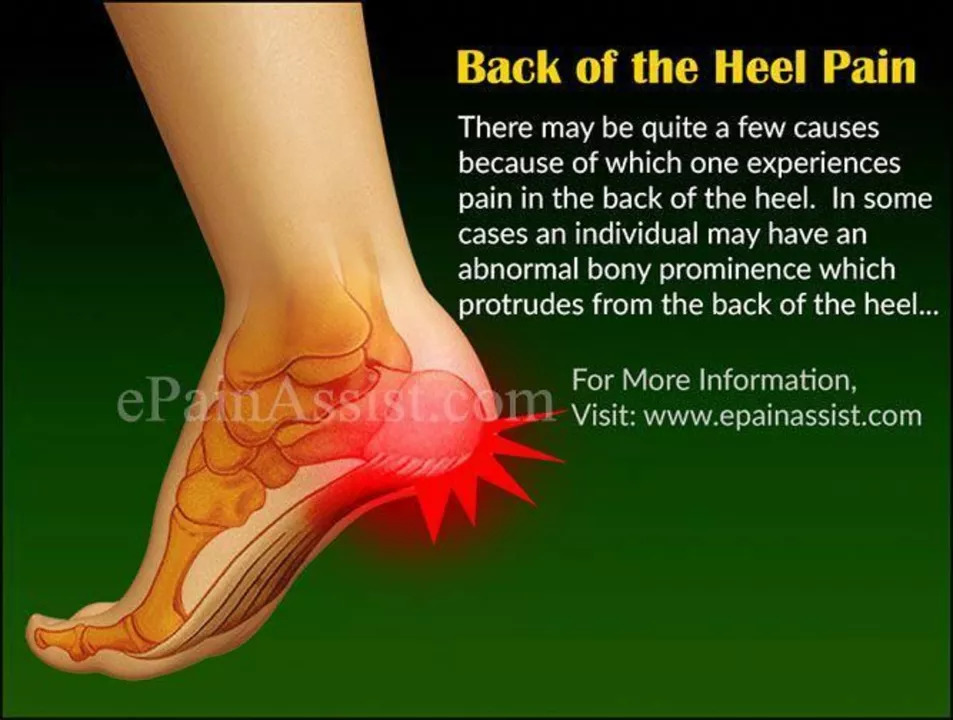Plantar Fasciitis: What It Is and How to Find Fast Relief
If you’ve ever felt a sharp sting in the heel first thing in the morning, you might be dealing with plantar fasciitis. It’s basically inflammation of the thick band of tissue that runs along the bottom of your foot. The good news? Most people get better with easy changes to daily habits and a few targeted stretches.
Common Triggers and Symptoms
The pain usually hits after you’ve been sitting or lying down for a while, then eases a bit as you walk around. If the ache sticks around for days, it’s a sign the plantar fascia is irritated. Typical triggers include running on hard surfaces, wearing shoes without proper arch support, sudden weight gain, and even tight calf muscles.
Look out for these clues: a stabbing pain near the inner heel, stiffness that eases after a few steps, and soreness that worsens after long periods of standing or after an intense workout. If you notice swelling or bruising around the heel, it could be something else, so see a professional.
Simple Home Remedies That Work
Start with a good stretch routine. A quick calf‑wall stretch in the morning can loosen the Achilles and reduce strain on the fascia. Sit down, loop a towel around the ball of your foot, and gently pull the toes toward you for 15–30 seconds. Do this three times on each foot.
Ice is another cheap hero. Roll a frozen water bottle under your foot for ten minutes after activity. The cold cuts inflammation without any medication.
Support matters too. Slip on shoes with built‑in arch cushions or add an over‑the‑counter orthotic insert. Even a simple heel cup can change the angle of pressure and give your foot a break.
If you’re on your feet all day, try to switch between sitting and standing every 30 minutes. A short walk on soft grass or a carpeted floor eases the load compared to concrete.
When pain persists beyond two weeks despite these tricks, consider a doctor’s visit. They may suggest physical therapy, night splints that keep your foot in a neutral position while you sleep, or in rare cases, an injection.
Remember, most cases of plantar fasciitis improve with patience and consistent care. Keep the stretches daily, protect your heel with proper shoes, and give yourself time to heal. Your feet will thank you when you can walk without that morning sting again.

Aspirin and plantar fasciitis: Can it help manage this common foot pain?
In one of my recent blog posts, I explored the potential benefits of using aspirin for managing plantar fasciitis, a common foot pain issue. It turns out that aspirin, a popular anti-inflammatory medication, can help alleviate pain and inflammation associated with plantar fasciitis. However, it's essential to remember that aspirin only provides temporary relief and should not be considered a long-term solution. I also highlighted the importance of consulting with a healthcare professional before starting any self-medication. Overall, while aspirin may offer some relief, it's crucial to address the root cause of plantar fasciitis through proper treatment and lifestyle changes.
Read More